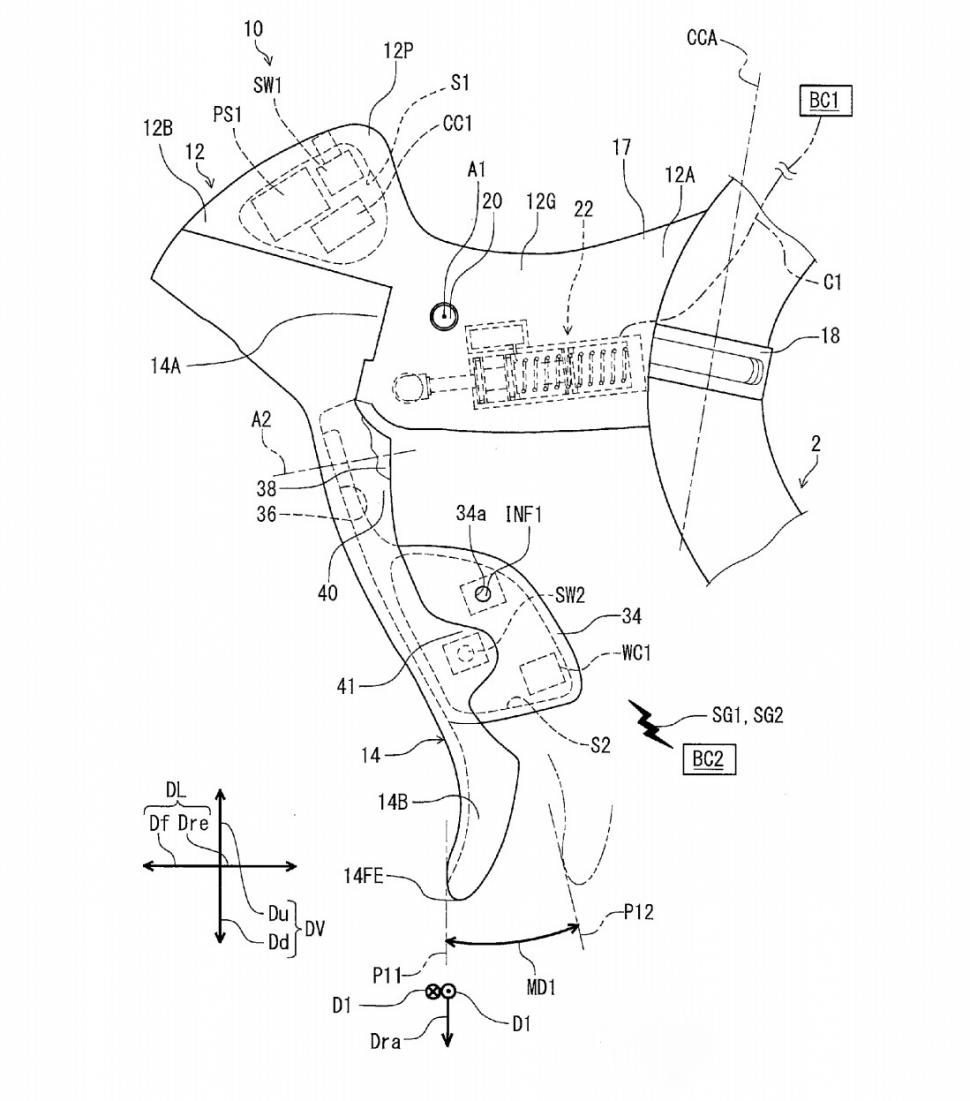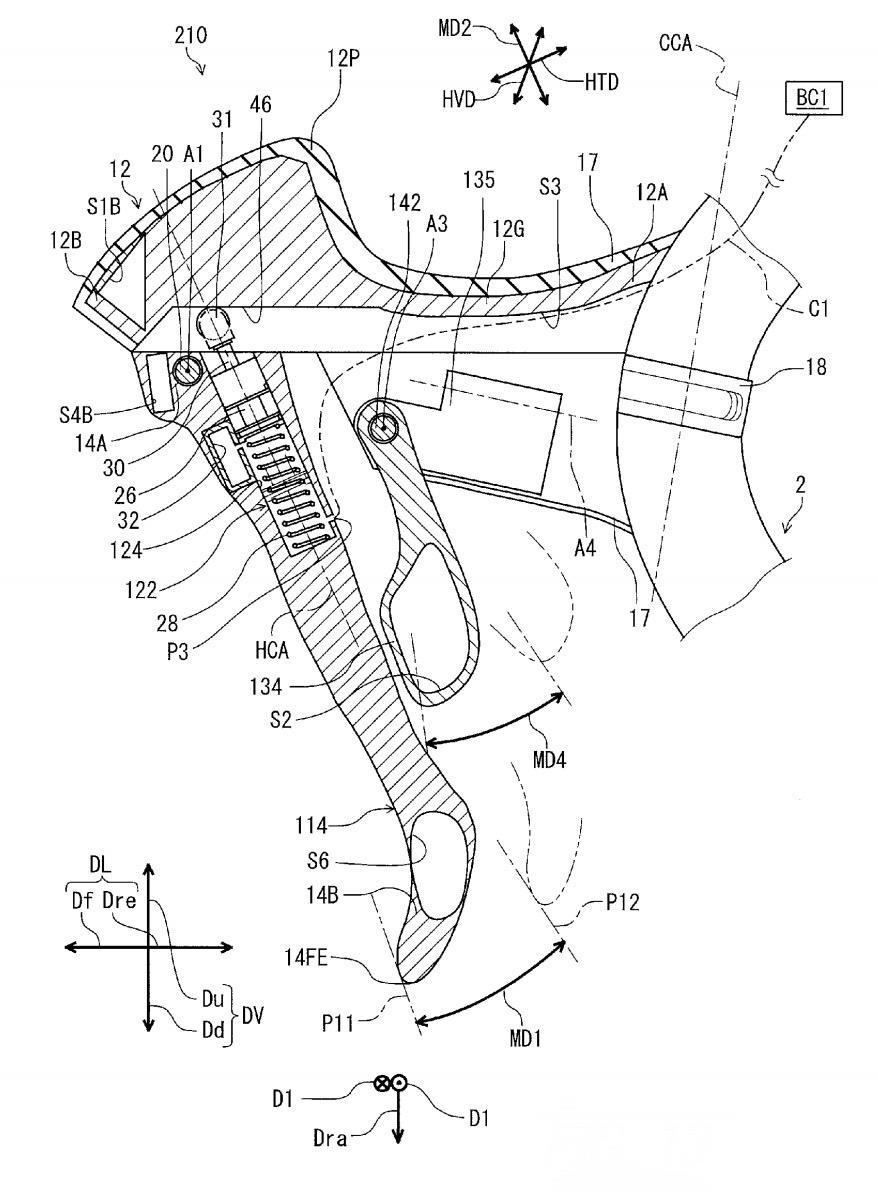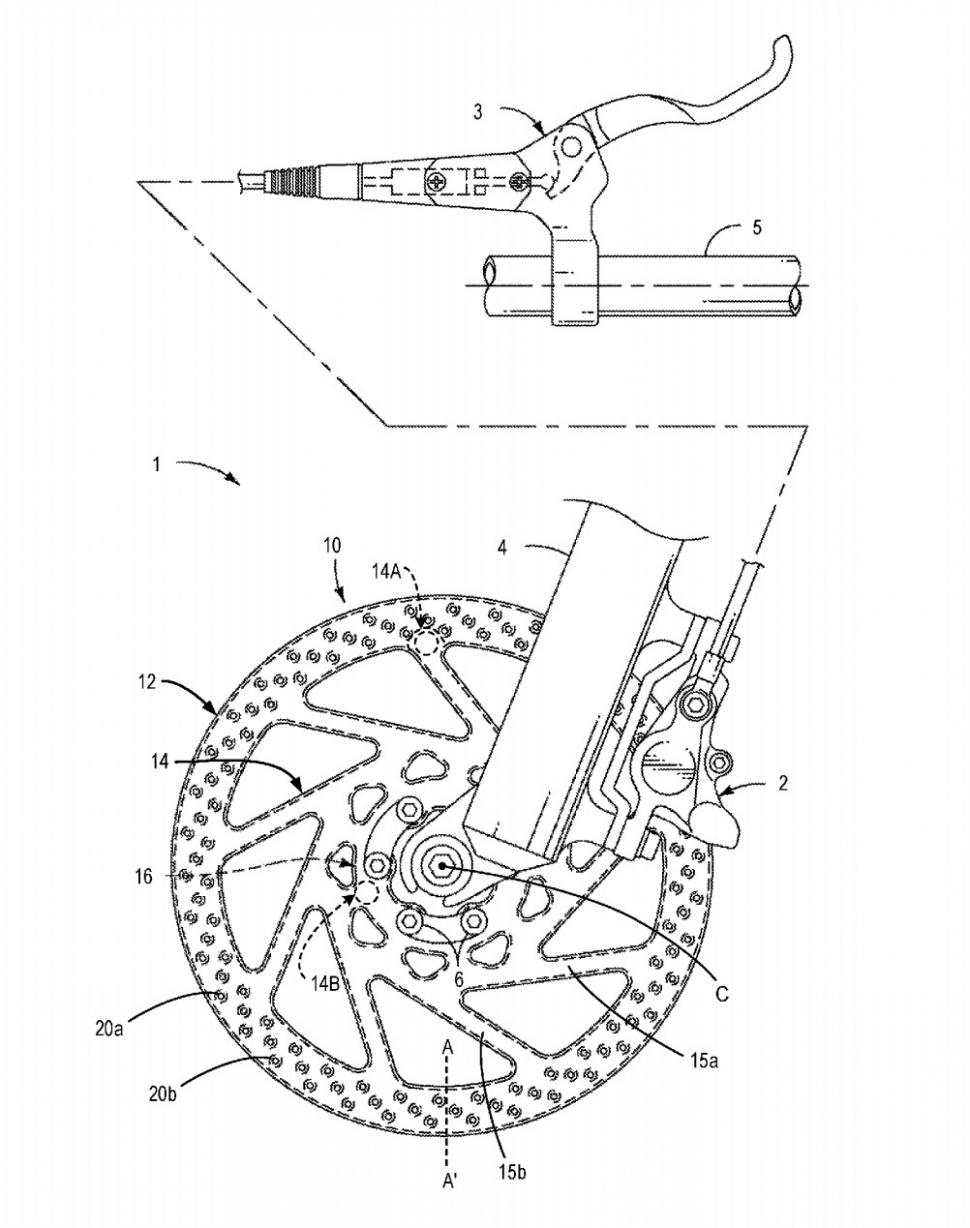- News
- Reviews
- Bikes
- Components
- Bar tape & grips
- Bottom brackets
- Brake & gear cables
- Brake & STI levers
- Brake pads & spares
- Brakes
- Cassettes & freewheels
- Chains
- Chainsets & chainrings
- Derailleurs - front
- Derailleurs - rear
- Forks
- Gear levers & shifters
- Groupsets
- Handlebars & extensions
- Headsets
- Hubs
- Inner tubes
- Pedals
- Quick releases & skewers
- Saddles
- Seatposts
- Stems
- Wheels
- Tyres
- Tubeless valves
- Accessories
- Accessories - misc
- Computer mounts
- Bags
- Bar ends
- Bike bags & cases
- Bottle cages
- Bottles
- Cameras
- Car racks
- Child seats
- Computers
- Glasses
- GPS units
- Helmets
- Lights - front
- Lights - rear
- Lights - sets
- Locks
- Mirrors
- Mudguards
- Racks
- Pumps & CO2 inflators
- Puncture kits
- Reflectives
- Smart watches
- Stands and racks
- Trailers
- Clothing
- Health, fitness and nutrition
- Tools and workshop
- Miscellaneous
- Buyers Guides
- Features
- Forum
- Recommends
- Podcast
TECH NEWS
 Shimano wireless shifter.jpg
Shimano wireless shifter.jpgShimano patents reveal wireless shifting and copper disc rotors could be on the way
A patent application published earlier this month suggests that Shimano could be planning to introduce wireless electronic shifting.
Let’s say right away that a wireless Shimano system isn’t necessarily going to happen. In common with many other technology giants, the Japanese brand applies for patents for loads of designs that don’t make it to market… but this one’s certainly possible.
Shimano has intimated in the past that it’s not particularly interested in wireless shifting because it doesn’t believe there’s a demand for it from either pro teams or the bike buying public. We’ve known for a long time that Shimano has tested wireless shifting in-house and one insider has told us that there’s no prospect of it happening unless the performance can match that of cable-operated Di2. That’s asking a lot.
On the flip side, in our technology-driven world wireless is generally perceived to be A Good Thing, and assembling a bike is a whole lot quicker without shift wires/cables. Ask anyone who has set up a SRAM Red eTap system – it takes minutes. That could mean lower assembly costs for bike manufacturers, so we’d be surprised if Shimano wasn’t still considering the possibility of going wireless at some point.
Check out 10 Sram Red eTap road bikes.
The patent application (number 20180057102, if you want to look it up) for a ‘bicycle operating device’ was filed in August 2016 and published on 1st March 2018. It relates to a dual control unit that provides hydraulic braking (no cable operated brake system is mentioned). Various versions of the design are included.
“The wireless communicator is electrically connected to the electrical switch to wirelessly transmit a signal to an additional component in response to the input operation,” says the patent.
Most patent applications are written in the kind of language that no one actually speaks. Essentially, you press a lever on the dual control unit and operate the derailleur wirelessly – or, according to Shimano, the lever could operate a different component, such as suspension, a dropper seatpost, a cycle computer or a mobile phone.
With Shimano’s current Di2 design you get two separate levers that sit behind the brake lever and a button under the brake hood. You can configure these in various ways but most people have one lever operate upshifts while the other takes care of downshifts.
Interestingly, the design on the patent application has just a single lever behind the brake lever. As with Shimano’s mechanical systems, the brake lever has a dual function, pivoting inward to operate another component – which would usually be a derailleur.
No details are given relating to the wireless communication system that would be used.
Shimano filed another patent application in 2016, published last month, for a disc brake rotor where the braking surfaces are made of copper or a copper alloy with a layer of aluminium or aluminium alloy between them.
“One potential advantage of such a configuration is that the heat conductivity and powerful braking properties of the copper or the copper alloy and the heat dissipation of the aluminium or aluminium alloy are combined,” says Shimano.
The patent application also covers layers of iron or an iron alloy (presumably steel) with layers or copper. No mention is made of the composition of the pads that would be used with these rotors.
Two further Shimano patent applications relate to disc brake rotor covers. They were filed in June last year, presumably in the light of concerns over the safety of disc brakes in the pro peloton.
Mat has been in cycling media since 1996, on titles including BikeRadar, Total Bike, Total Mountain Bike, What Mountain Bike and Mountain Biking UK, and he has been editor of 220 Triathlon and Cycling Plus. Mat has been road.cc technical editor for over a decade, testing bikes, fettling the latest kit, and trying out the most up-to-the-minute clothing. He has won his category in Ironman UK 70.3 and finished on the podium in both marathons he has run. Mat is a Cambridge graduate who did a post-grad in magazine journalism, and he is a winner of the Cycling Media Award for Specialist Online Writer. Now over 50, he's riding road and gravel bikes most days for fun and fitness rather than training for competitions.
Latest Comments
- Simon E 37 min 18 sec ago
And a handy way for arseholes to excuse their shitty behaviour....
- eburtthebike 1 hour 10 min ago
It was only a cyclist, I don't know what all the fuss is about....
- Bigtwin 1 hour 11 min ago
Wonder if they could adapt it slightly to tell you when you should breathe?
- Bigtwin 1 hour 25 min ago
Amzing just how wrong one person can be. Congrats though - you've aced it.
- Bigtwin 1 hour 37 min ago
Seems like a poor use of money, and promotes the "cycling needs special costly infrastructure just coz there's a hill" brigade, rather than getting...
- Bigtwin 1 hour 43 min ago
This is a full-on professional-level race bike that can be ridden by the masses. It's over eight and a half grand for godness' sakes! And where...
- bmxboyx01 3 hours 16 min ago
It has to be an organised group. My mate had his Canyon gravel bike with every single upgrade going on it. So many go each year, but the sleepy...
- Rapha Nadal 4 hours 33 min ago
I think I'm just going to go down half a size which should fix it.



Add new comment
5 comments
Good news about the copper disc brakes. Now anyone involved in a pile-up during a bike race, who gets a 10cm-long gash in their leg from someone's disc rotor, can at least rest assured that they won't suffer from swayback.
It's a very good idea to try other materials for brake rotors. Car brakes don't squeal because grey iron has a very good self damping ability that stainless just doesn't have. If you can remove the screeching from road disc brakes, it'll be a massive leap in their acceptability.
I've been on Ultegra R8000 and RS685 disc brakes for a year now, mine don't squeal (regardless of the weather).
I previously had BB7's which squealed loads in the rain.
A couple of my mates have carbon wheels on their rim brake road bikes. They squeal very badly in most conditions.
thats usually due to the pads not being toe-ed correctly. If you set them up right they don’t scream like a banshee
A patent for a functionally new device is what the system was created for, even protecting a novel manufacturing method is acceptable, however laying claim to making an existing product using existing materials is the kind of IP hoarding that pisses me off.
It's akin to the "We want a patent for a phone that's thin, rectangular, with rounded courners, and mostly screen" that plagued the tech world.